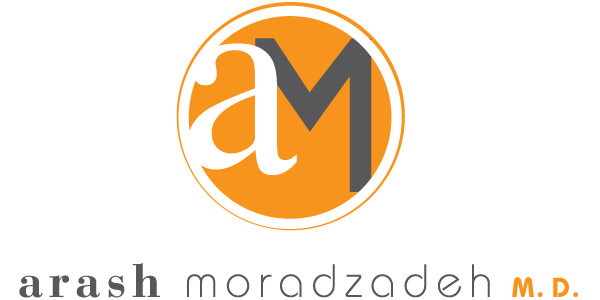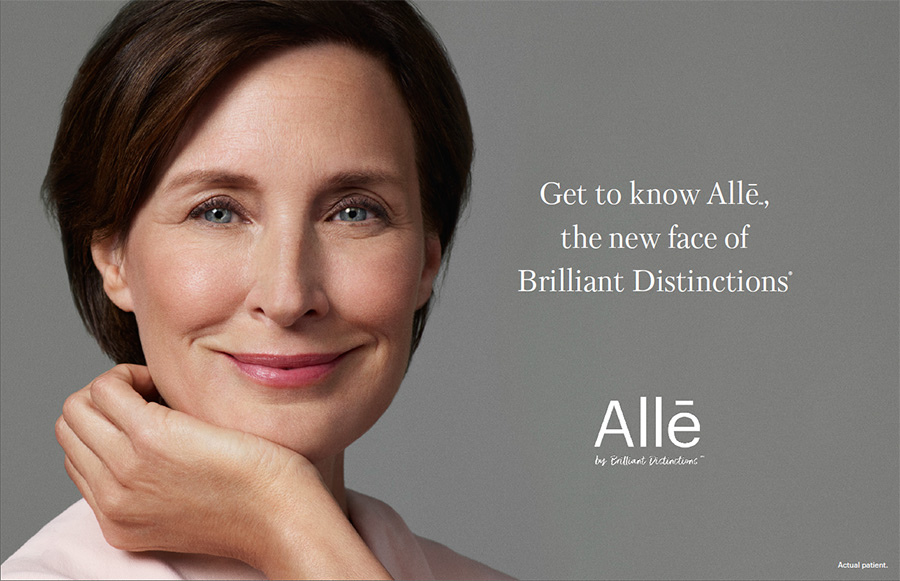Serving Beverly Hills, Los Angeles, Santa Barbara and surrounding areas
Blepharoplasty, or eyelid surgery, may be done to correct ptosis (sagging eyelids), remove fatty bulges around the eyes, and eliminate hanging skin from the eyelids. It’s often a cosmetic procedure to improve appearance, but it may be medically necessary due to the fact that the sagging may block the field of vision. An expert in blepharoplasty, Dr. Moradzadeh uses state-of-the art technology and the very latest surgical techniques for the procedure, which can make you look — and feel — years younger.
Understanding The Surgery
In upper eyelid surgery, the surgeon first marks your natural eyelid crease. This is done to keep the scars invisible along these natural folds. The incision is made, and excess fat, muscle, and loose skin are removed. The amount removed is tailored specifically to each individuals needs. In some cases, fat may be added to restore a more youthful appearance to areas of hollowing. The surgeon uses fine sutures to close the incisions — and minimize the visibility of any scar.
In lower eyelid surgery, the surgeon makes the incision in an inconspicuous area along the lash line of the lower lid. Excess fat, muscle, and skin are then trimmed away before the incision is closed with fine sutures. Eyelid puffiness caused primarily by excess fat may be corrected by a transconjunctival blepharoplasty. In this case, the incision is made inside the lower eyelid, and excess fatty material is conservatively removed. When sutures are used to close this kind of incision, they are invisible to the eye. They are also self-dissolving and leave no visible scar. In some cases, the fat will be re-arranged (fat transposition), this allows for moving the puffy fat into an area that has a hollow or dark appearance to create a more well-rested, natural appearance. Under normal conditions, blepharoplasty can take from one to three hours.
What To Expect Afterwards
Immediately following the surgery (except for transconjunctival blepharoplasty), your surgeon may apply tiny sterile bandages. It is not crucial that the eyes be covered. However, an ointment to prevent dryness of the eye area may be used. A certain degree of swelling and bruising is normal. Cold compresses, as well as head elevation when lying down, will enhance healing and relieve discomfort. Dr. Moradzadeh will also prescribe medication for discomfort.
For a week and a half following blepharoplasty, you should clean the eye area (the eyes may feel sticky, dry, and itchy). Eye drops may also be recommended. You will also be given a list of activities and environments to avoid in the weeks immediately following surgery. Permanent stitches will be removed in three to five days after surgery. Self-absorbing stitches will dissolve on their own.
Is Blepharoplasty Right For You?
Blepharoplasty is designed to remove the excess fat, muscle, and skin from both upper and lower lids, resulting in a more refreshed appearance, with a younger, firmer eye area — and a new feeling of self-confidence. Like with all facial plastic surgery, however, good health and realistic expectations are essential prerequisites to a successful outcome.
People with circulatory, ophthalmological, or serious medical conditions should consult with Dr. Moradzadeh to determine whether blepharoplasty is an advisable option — and whether any additional, complementary surgery would increase the success of the surgery. For example, you might also benefit from a simultaneous forehead lift to correct a drooping brow and smooth the forehead, or skin resurfacing to remove the fine line wrinkling in the eye area.
The pre-surgical consultation is the time for an open and honest exchange between you and the doctor, which is the basis for a successful and satisfactory outcome. Dr. Moradzadeh will examine you and ask your questions about your vision, tear production, uses of lenses and your goals for the surgery. He’ll also explain what you can expect from the procedure and take a complete medical history. Factors to be weighed include your age, skin type, ethnic background, and degree of vision obstruction. Once a mutual decision to undergo the surgery is made by both you and the doctor, he will go over the technique that will be used for the procedure.
Insurance does not generally cover surgery that is done purely for cosmetic reasons. Surgery to correct or improve vision or surgery for eye deformity or injury may be reimbursable in whole or in part. It is the patient’s responsibility to check with the insurance carrier for information on the degree of coverage.
Other Options to Consider
When just a small amount of skin tightening and texturing of the upper or lower eyelid is desired, Dr. Moradzadeh may suggest a minimally invasive treatment. For example, a laser treatment involves no incision and no scar, and has a much faster recovery time.
While injectable fillers are also used in cosmetic treatment of the eyelids (see FACIAL REJUVENATION section), many patients are opting for fat transfer as an alternative. In this treatment, fat is generally harvested from the abdomen through a tiny belly button incision, and then carefully prepared and meticulously injected into the eyelids to restore a more lasting, youthful-looking appearance.
Talk to the doctor about the results you are trying to achieve and which treatment makes the most sense for you.


